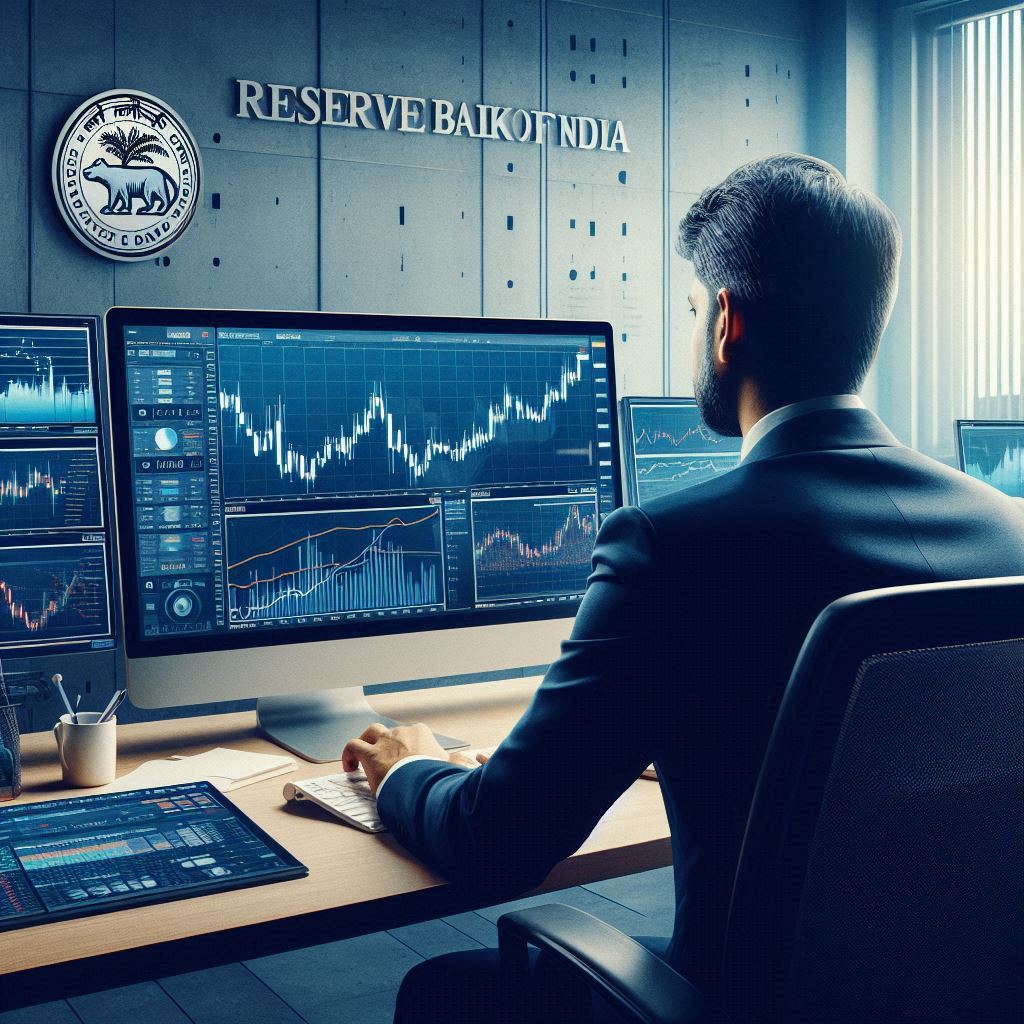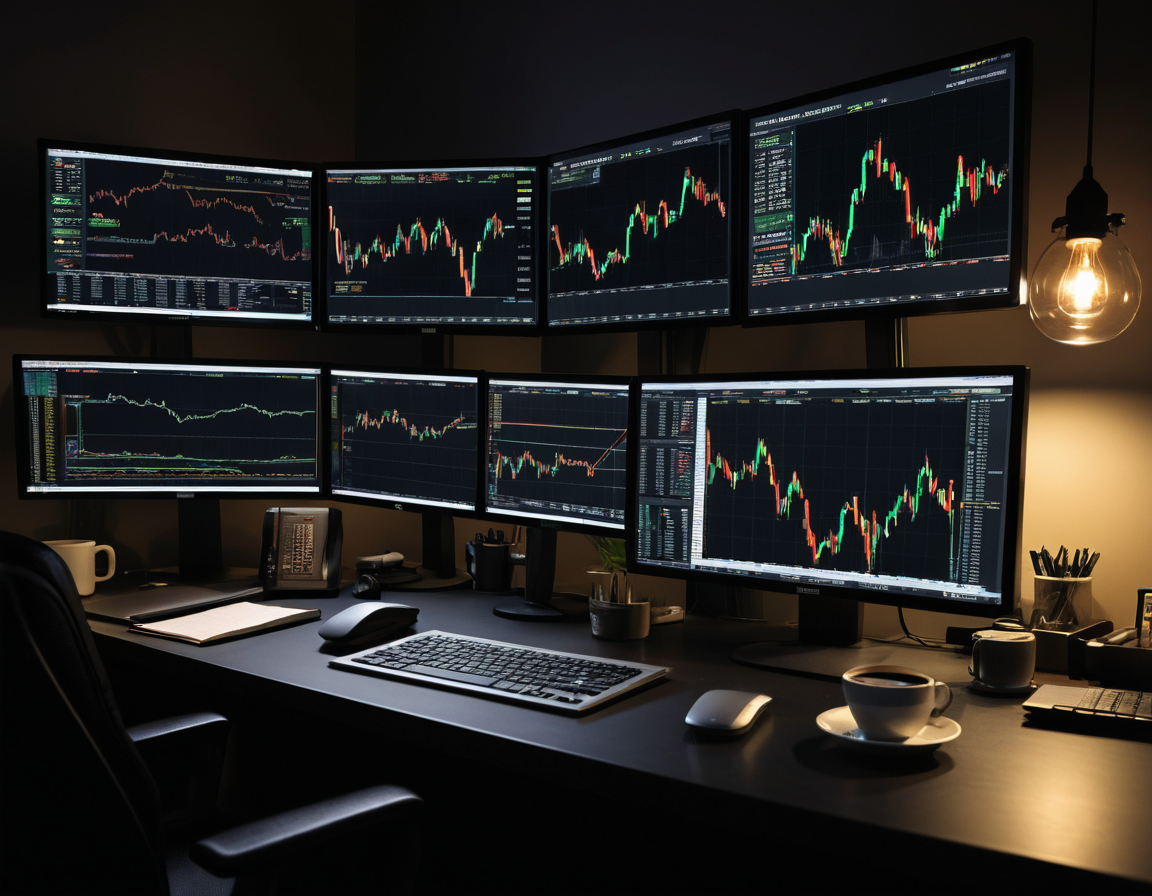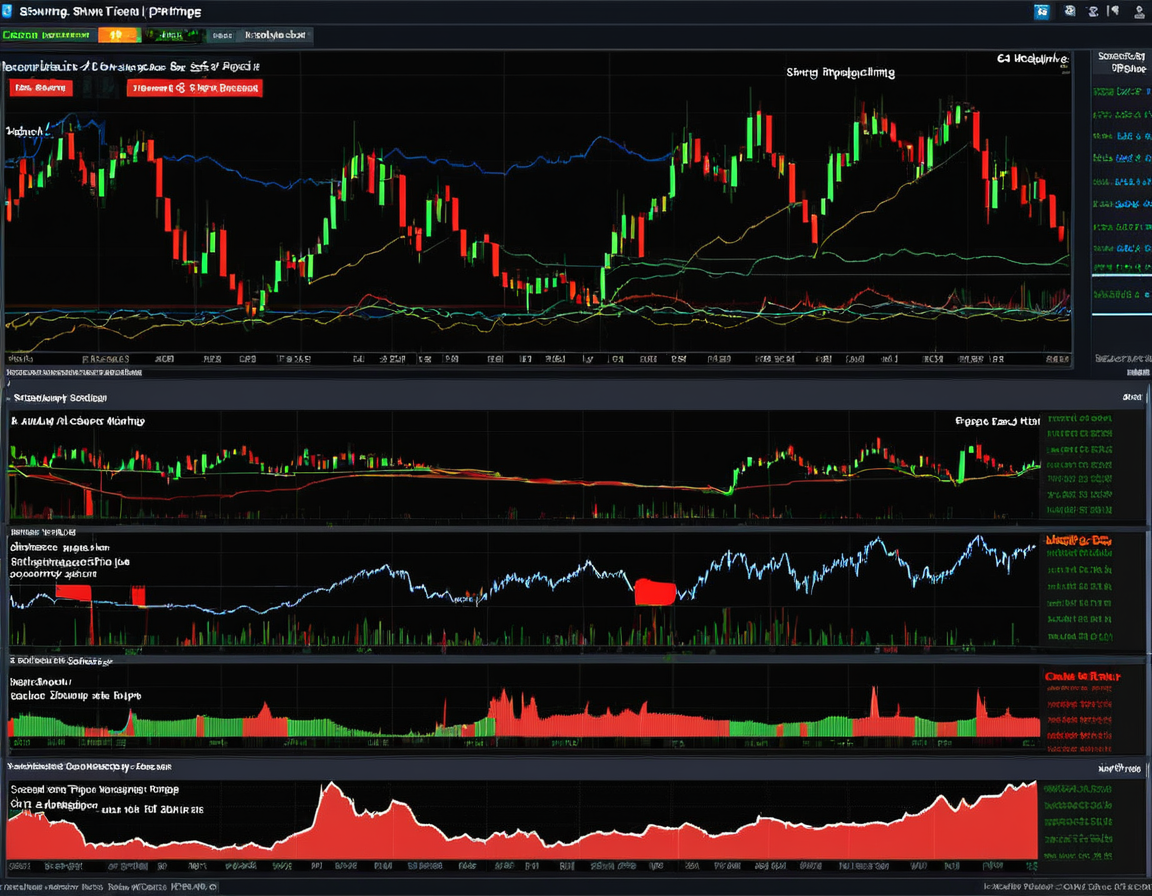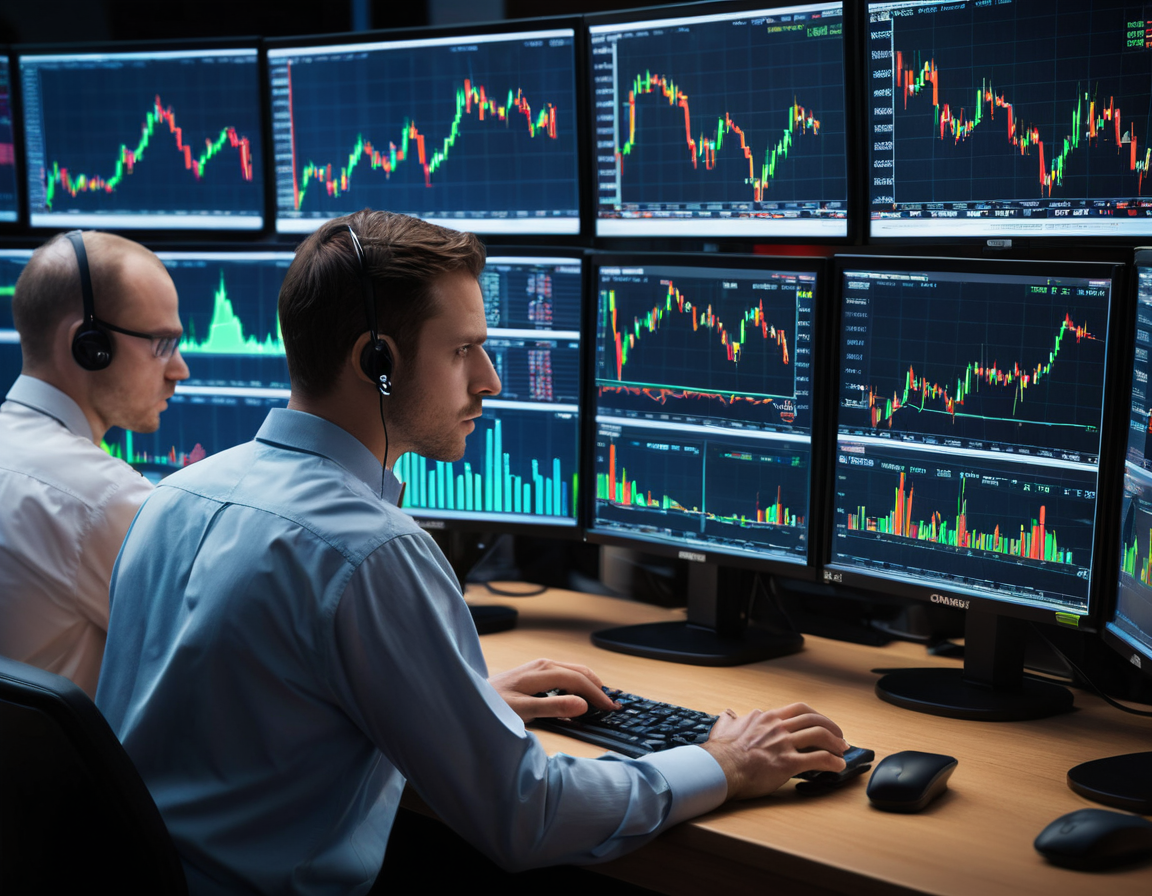Introduction to the Forex Market
If you’ve ever exchanged your home currency for another while traveling or noticed the fluctuating rates when buying products from overseas, you’ve already interacted with the Forex (foreign exchange) market. What you might not know is that this global marketplace moves an astonishing $6.6 trillion in currency trades every single day. It’s the world’s largest and most liquid financial market, offering numerous opportunities for traders, from complete beginners to seasoned professionals.
In this comprehensive guide, we’ll dive into the fundamentals of Forex trading, how it works, and the key terms you need to know. If you’re looking to get started in currency trading, or simply want to better understand how Forex operates, you’re in the right place.
What is Forex Trading?
At its simplest, Forex trading involves buying one currency while simultaneously selling another. Since currencies are always traded in pairs, the value of one currency is determined relative to another. This is why, if you’ve ever looked at a currency exchange rate, you see them displayed as pairs, like:
- EUR/USD (Euro vs. US Dollar)
- GBP/JPY (British Pound vs. Japanese Yen)
Forex trading operates in a decentralized market, meaning that it doesn’t occur in one central location like a stock exchange. Instead, it takes place electronically over-the-counter (OTC) through networks of banks, brokers, and traders, and it’s open 24 hours a day, 5 days a week, across global financial hubs in New York, London, Tokyo, and Sydney.
In Forex, traders attempt to make profits by speculating on currency price movements. You buy a currency if you expect it to strengthen, and sell it if you believe it will weaken against another currency.
How Does Forex Trading Work?
Forex trading is based on currency pairs, where one currency is compared to another. The first currency in a pair is called the base currency, while the second is referred to as the quote currency. For example, in the EUR/USD pair, the Euro is the base currency and the US Dollar is the quote currency.
Let’s say you expect the Euro to rise against the US Dollar. You would buy the EUR/USD pair, anticipating the Euro’s value will increase relative to the Dollar. If the Euro strengthens, the price of the EUR/USD pair goes up, and you make a profit.
Key Terminology in Forex Trading
Before jumping into Forex, it’s important to understand some of the basic terms:
- Pip: A pip is the smallest price change in a currency pair. For most pairs, one pip equals 0.0001.
- Leverage: Leverage allows traders to control large positions with relatively small capital. For example, with 100:1 leverage, you can control $100,000 with just $1,000.
- Spread: This refers to the difference between the bid (sell) and ask (buy) price. The tighter the spread, the better for traders.
- Lot Size: A lot refers to the size of your trade. A standard lot is 100,000 units of the base currency.
- Margin: This is the amount of money needed to open a leveraged position. It’s a small percentage of the full value of your trade.
- Bear/Bull Market: A bear market is characterized by falling prices, while a bull market indicates rising prices.
Why Trade Forex?
There are many reasons why the Forex market attracts millions of traders worldwide:
- Liquidity: As the largest market in the world, Forex offers incredible liquidity, allowing you to enter and exit trades quickly.
- 24/5 Trading: Forex operates 24 hours a day, 5 days a week, so you can trade whenever it suits your schedule.
- Low Transaction Costs: Most Forex brokers charge no commissions, making their money through the spread.
- Leverage: The availability of high leverage allows you to trade larger amounts than your initial capital.
- Global Opportunities: You can trade currency pairs from all over the world, from major currencies like the Euro and Dollar to exotic currencies like the Turkish Lira or South African Rand.
Tips for Getting Started in Forex Trading
If you’re considering jumping into the Forex market, here are a few tips to set yourself up for success:
-
Educate Yourself: Forex is a complex market, so it’s essential to build a solid understanding of how it works before you begin trading. There are countless resources available online—consider taking advantage of free webinars, tutorials, and demo accounts to practice trading without real risk.
-
Start Small: Until you feel comfortable with how the market behaves, trade with small amounts. Low leverage and micro-lots are excellent for beginners to gain experience without risking too much capital.
-
Select the Right Broker: Ensure you choose a reputable broker with tight spreads, reliable customer service, and a good trading platform. Verify that your broker is regulated by financial authorities like the CFTC in the U.S. or the FCA in the UK.
-
Develop a Trading Plan: Successful traders don’t just rely on luck. A well-thought-out trading plan includes entry and exit strategies, stop-loss orders, and clear risk management rules.
-
Stay Informed: Global economic events can significantly impact currency prices. Stay up to date with economic calendars, news releases, and market sentiment.
Common Forex Trading Strategies
There’s no one-size-fits-all strategy for Forex trading, but here are three common approaches:
- Day Trading: Day traders open and close positions within the same trading day, aiming to profit from short-term price movements.
- Swing Trading: Swing traders hold trades for several days or weeks, targeting medium-term market swings.
- Position Trading: Position traders take a long-term view, holding trades for months or even years based on macroeconomic trends.
Risks of Forex Trading
Like any financial market, Forex trading carries risks:
- Volatility: Currency prices can be highly volatile, leading to rapid and significant price swings.
- Leverage Risk: Leverage can amplify gains, but it can also magnify losses. It’s important to use leverage wisely.
- Emotional Trading: Emotional decision-making can lead to impulsive trades and big losses. Stick to your trading plan and avoid trading based on gut feelings.
Conclusion
The Forex market offers exciting opportunities, but it also requires careful consideration and planning. As a beginner, your best bet is to take it slow, educate yourself, and start small. Trading in the Forex market can be rewarding, but success doesn’t come overnight. With time, practice, and a solid trading strategy, you can master the art of currency trading.







